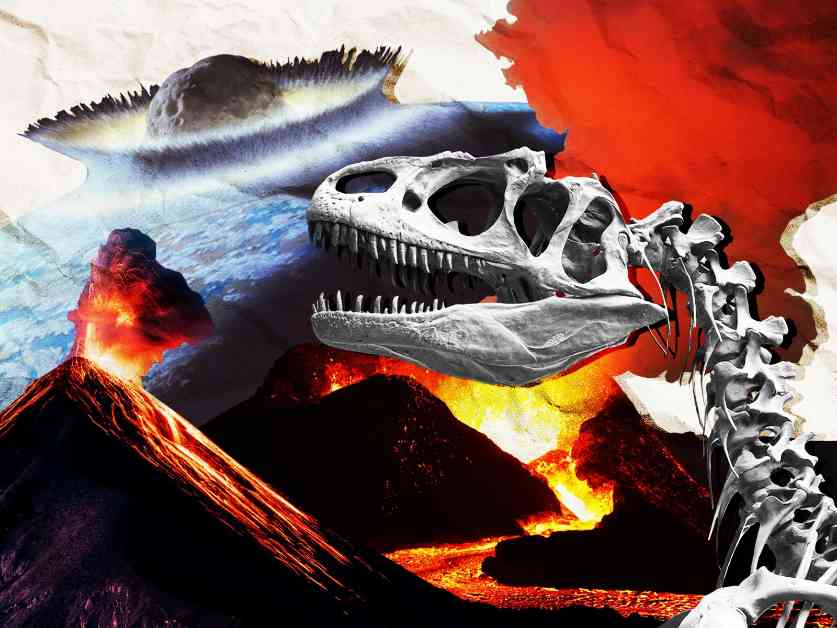Life on Earth has survived five major mass extinctions caused by events like asteroid impacts and volcanic eruptions. The first mass extinction occurred around 445 million years ago when Earth’s climate changed drastically, leading to the extinction of 85 percent of marine species. Extinction is a natural part of life, and understanding it is crucial to understanding the history of life on our planet.
Paleontologists have identified five major mass extinctions over the past 550 million years, with the most severe being the Permian-Triassic extinction event around 252 million years ago. This event wiped out over 80 percent of species in the seas and more than 70 percent of land-dwelling vertebrate families. It allowed an “Age of Reptiles” to begin in the Triassic period.
The debate over what constitutes a mass extinction continues among scientists. Some studies suggest there may have been as many as 16 mass extinctions over the past 541 million years, each with varying causes and impacts on biodiversity. The ongoing loss of invertebrate species and plants today raises concerns about whether we are currently experiencing a sixth mass extinction.
Mass extinctions have played a crucial role in shaping the history of life on Earth, often allowing new forms of life to emerge and flourish. Understanding how extinction has shaped life in the past can help us make informed decisions to protect Earth’s biodiversity and prevent future global disasters. As we face ongoing environmental challenges, it is essential to act as caretakers of our planet’s ecosystems to avoid triggering another mass extinction event.






